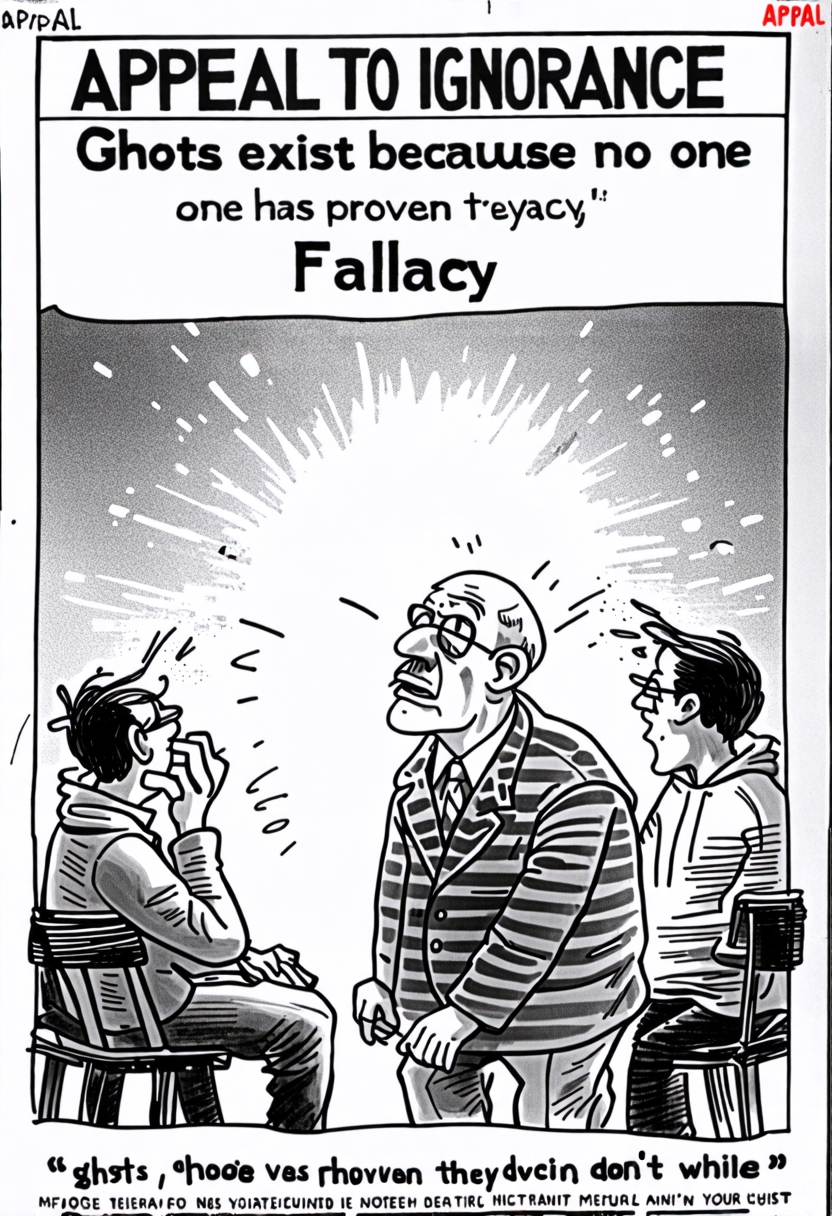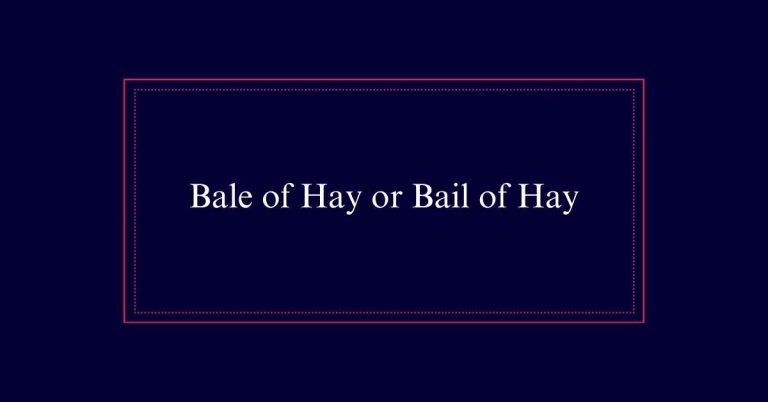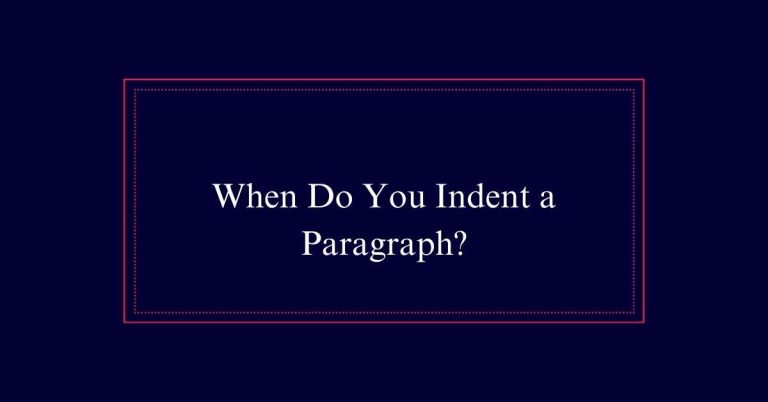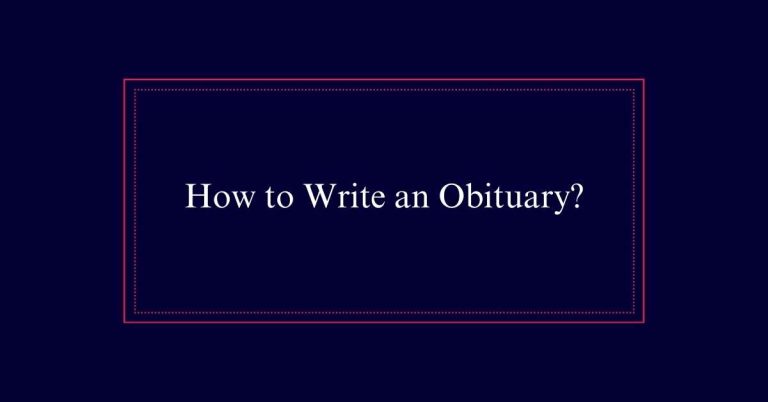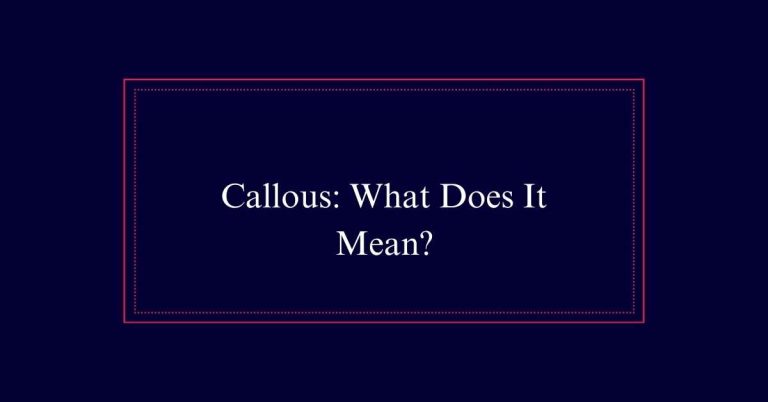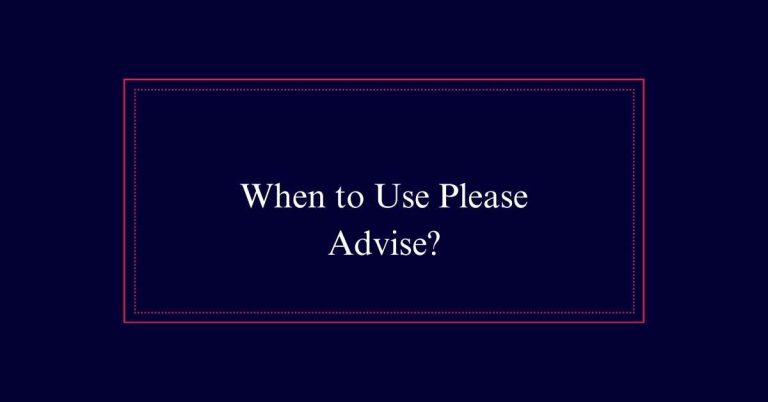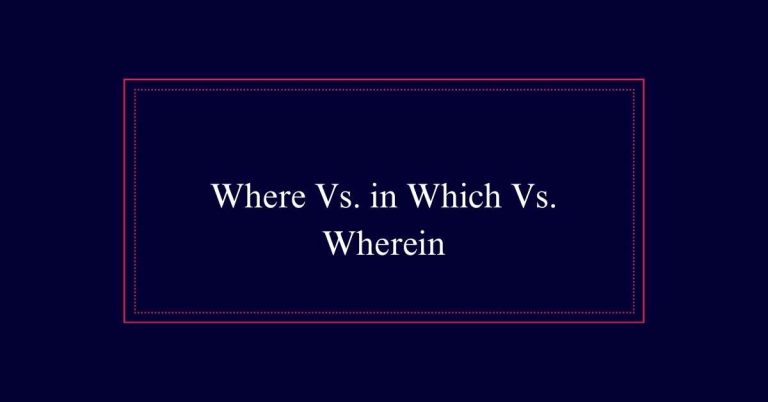Appeal to Ignorance Fallacy
The appeal to ignorance fallacy, or ‘argumentum ad ignorantiam,’ asserts that a proposition is true simply because it has not been proven false. This fallacy shifts the burden of proof unfairly, suggesting that the lack of evidence against a claim supports its validity. Common examples include arguing that extraterrestrials must exist because there is no proof they don’t or declaring a medication safe because no studies show it is harmful.
Definition of Appeal to Ignorance
Defining the appeal to ignorance fallacy involves understanding it as a claim that something is true simply because it has not been proven false. This logical fallacy assumes that the absence of evidence against a statement is evidence for it.
For example, claiming that ghosts exist because no one has proven they do not. This fallacy shifts focus from providing evidence to challenging others to disprove the claim. It is an informal fallacy, like the appeal to pity or the bandwagon fallacy.
Understanding the Burden of Proof
Understanding the burden of proof is key to comprehending why the appeal to ignorance fallacy is misleading. The burden of proof is the obligation to provide evidence for a claim. In logical discourse and legal contexts, the person making a claim must support it with proof.
The appeal to ignorance fallacy shifts this responsibility unfairly. It asserts that a claim is true simply because it has not been proven false. This tactic is misleading because a lack of evidence against a claim does not automatically validate it.
Common Informal Fallacies
Common informal fallacies undermine logical arguments through errors in reasoning rather than flaws in the argument’s structure. These fallacies are misleading and often used in everyday discourse.
Examples include the appeal to pity, where one argues based on sympathy instead of facts, and the bandwagon fallacy, which claims something is true because many people believe it.
The sunk cost fallacy revolves around persisting with a decision due to previously invested resources. The slippery slope fallacy suggests that a minor action will inevitably lead to significant and often negative consequences.
Uses in Everyday Conversations
The appeal to ignorance fallacy frequently surfaces in everyday conversations, often shifting the burden of proof unfairly. This fallacy can be used to make unfounded claims appear valid simply because they have not been disproven.
Here are some common examples in daily interactions:
- Superstitions: ‘No one has proven that walking under a ladder is not bad luck, so it must be true.’
- Health Myths: ‘There’s no evidence that eating chocolate causes acne, so it can’t be bad for your skin.’
- Urban Legends: ‘Nobody has debunked the story of the haunted house, so it must be real.’
- Personal Beliefs: ‘You can’t prove aliens don’t exist, so they must be out there.’
Official Statements and Claims
In official statements and claims, the appeal to ignorance fallacy often serves to support weak arguments by exploiting the absence of contrary evidence. This fallacy shifts the burden of proof onto others, suggesting that a claim is true simply because it hasn’t been disproven.
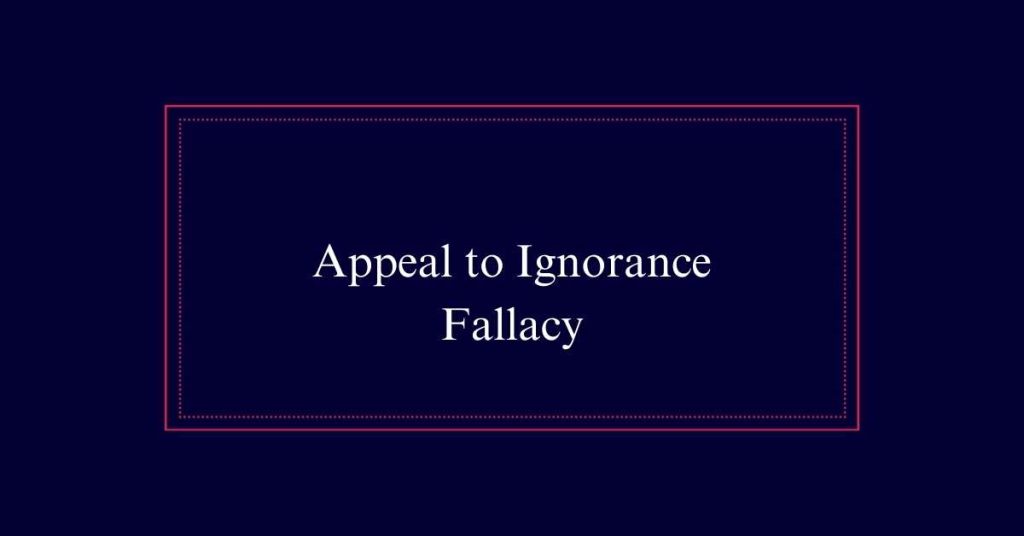
For example, a company might assert that its product is safe because there are no reports proving otherwise. Similarly, a politician might claim their policy is effective since no data has shown it to fail. These statements leverage the lack of evidence against them rather than providing positive proof.
Sowing Seeds of Doubt
Utilizing the appeal to ignorance fallacy can effectively sow seeds of doubt in an audience’s mind. This technique shifts the burden of proof to the other party, exploiting the lack of evidence against a claim to cast uncertainty. It is often employed to question the validity of opposing views or to bolster one’s own position.
Key methods include:
- Highlighting Uncertainty: Emphasize that no evidence disproves the claim.
- Shifting Burden of Proof: Imply that the other side must provide evidence to refute the claim.
- Suggesting Possibility: Assert that something might be true because it has not been proven false.
- Creating Controversy: Use the fallacy to make existing evidence seem inadequate, fostering doubt.
Nonfallacious Applications
While the appeal to ignorance fallacy often misleads, there are contexts where its application is justified and nonfallacious. For example, in the justice system, if evidence is insufficient to prove guilt, the defendant remains innocent, employing an appeal to ignorance logically. Similarly, in scientific research, a hypothesis may be tentatively accepted until disproven by further evidence. In these cases, absence of evidence is sensibly used to guide decisions.
| Context | Example | Explanation |
|---|---|---|
| Legal System | Innocent until proven guilty | Lack of proof does not equate to guilt |
| Science | Tentative hypothesis acceptance | Provisional acceptance until disproven |
| Everyday Life | Assuming safety in familiar, low-risk environments | No evidence of danger supports confidence in safety |
Educational Examples
Teachers often use the appeal to ignorance fallacy to illustrate common mistakes in reasoning. It helps students to recognize flawed logic and develop critical thinking skills.
Here are some educational examples:
- History Classes: Discussing the lost city of Atlantis, teachers highlight how lack of evidence is used to claim its existence.
- Science Lessons: In debates about extraterrestrial life, the absence of proof is often cited to argue for or against their existence.
- Literature Analysis: While analyzing texts, students may encounter characters making assumptions based on lack of evidence, which can be identified as the appeal to ignorance.
- Debate Clubs: Students frequently use this fallacy to bolster arguments, providing a practical example to learn from.
Dialogue Illustrations
In illustrating the appeal to ignorance fallacy, dialogues can effectively show how this flawed reasoning unfolds in everyday conversations.
For instance, consider a discussion between two friends:
Alice: ‘I believe there are ghosts in my attic because no one has proved otherwise.
Bob: ‘But just because there is no proof against it doesn’t mean it’s true.’
Here, Alice relies on the absence of evidence to support her claim about ghosts. This shifts the burden of proof to Bob, who must disprove her assertion.
Another example involves a student:
John: ‘The professor hasn’t said we can’t use notes during the exam, so it must be allowed.’
Emma: ‘That’s not a valid assumption without explicit permission.’
Contextual Importance
Understanding the contextual significance of the appeal to ignorance fallacy is paramount for discerning when its application is fallacious or legitimate. Context plays a vital role in evaluating this fallacy. In some cases, the absence of evidence may point toward a reasonable assumption, while in others, it may lead to erroneous conclusions.
Here are four contexts to take into account:
- Scientific Inquiry: Lack of evidence does not confirm a hypothesis.
- Legal Settings: Presumption of innocence until proven guilty.
- Everyday Decisions: Everyday assumptions may not require extensive evidence.
- Philosophical Debates: The burden of proof remains a central issue.
